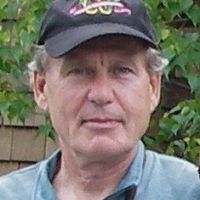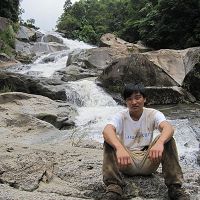Johnson et al., 2014
Controls on soil carbon stocks in El Yunque National Forest, Puerto Rico
Johnson A.H., Hao Xing Xing, Scatena F.N. (2014)
SSSAJ
-
Luquillo, INVESTIGATOR
-
Luquillo, GRAD STUDENT
-
Luquillo, INVESTIGATOR
Abstract
Controls on the size of soil organic C reservoirs are linked to the five state factors: climate, organisms, parent material, time, and topography. To determine the most important factors controlling soil organic C stocks in the wet and rain forests in the Luquillo Mountains, Puerto Rico, we sampled 216 soil profiles comprising gradients in rainfall, temperature, topography (ridges, slopes, and valleys), three forest types (colorado, palm, and tabonuco), and the two important types of parent material (quartz diorite and sedimentary rocks of volcanic origin) in a complete factorial design. The average soil C content to a depth of 1.4 m in colorado, palm, and tabonuco forests ranges from 160 to 260 Mg ha−1, and to a depth of 1 m these soils contain about 70% more C than the global average for tropical forests. Only forest type (colorado > palm > tabonuco) and topographic position (valley > ridge = slope) had identifiable effects on the C stocks in the top 80 cm of the profile. The C/N ratio of litter inputs and of soil organic matter (colorado > palm > tabonuco) are the most likely factors contributing to the forest type effect, and low O2 levels that decrease decomposition rates in the valley soils most likely account for the topographic effect. Despite a threefold difference in clay content, clay-rich Oxisols derived from volcaniclastic rocks and sandy, low-clay Inceptisols derived from the quartz diorite had organic C stocks that were not significantly different. This is due to the fact that significantly higher organic C percentages in the clay-rich soils (49% higher) were balanced by significantly lower bulk densities (44% lower).
Citation
Johnson A.H., Hao Xing Xing, Scatena F.N. (2014): Controls on soil carbon stocks in El Yunque National Forest, Puerto Rico. SSSAJ . DOI: 10.2136/sssaj2014.05.0199
 This Paper/Book acknowledges NSF CZO grant support.
This Paper/Book acknowledges NSF CZO grant support.
Explore Further



